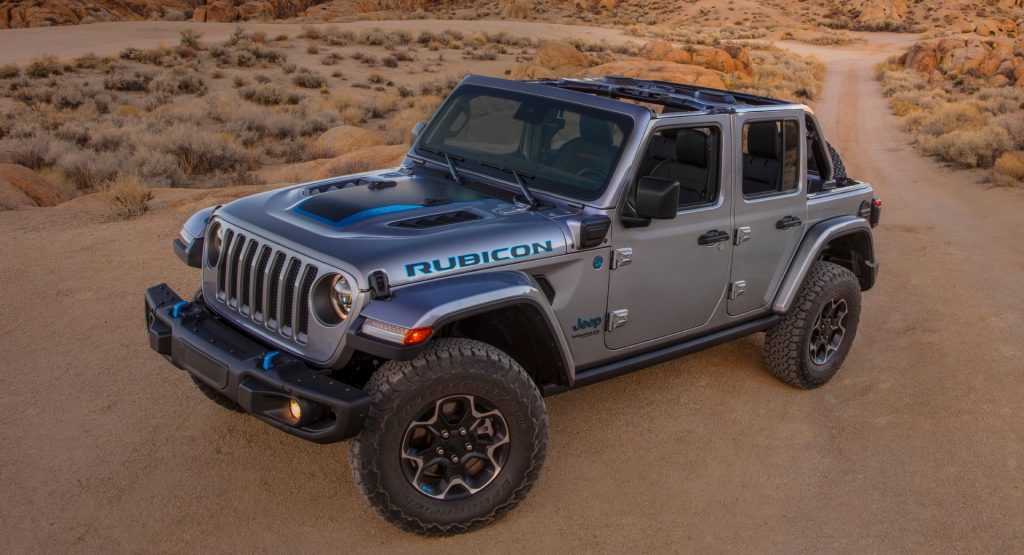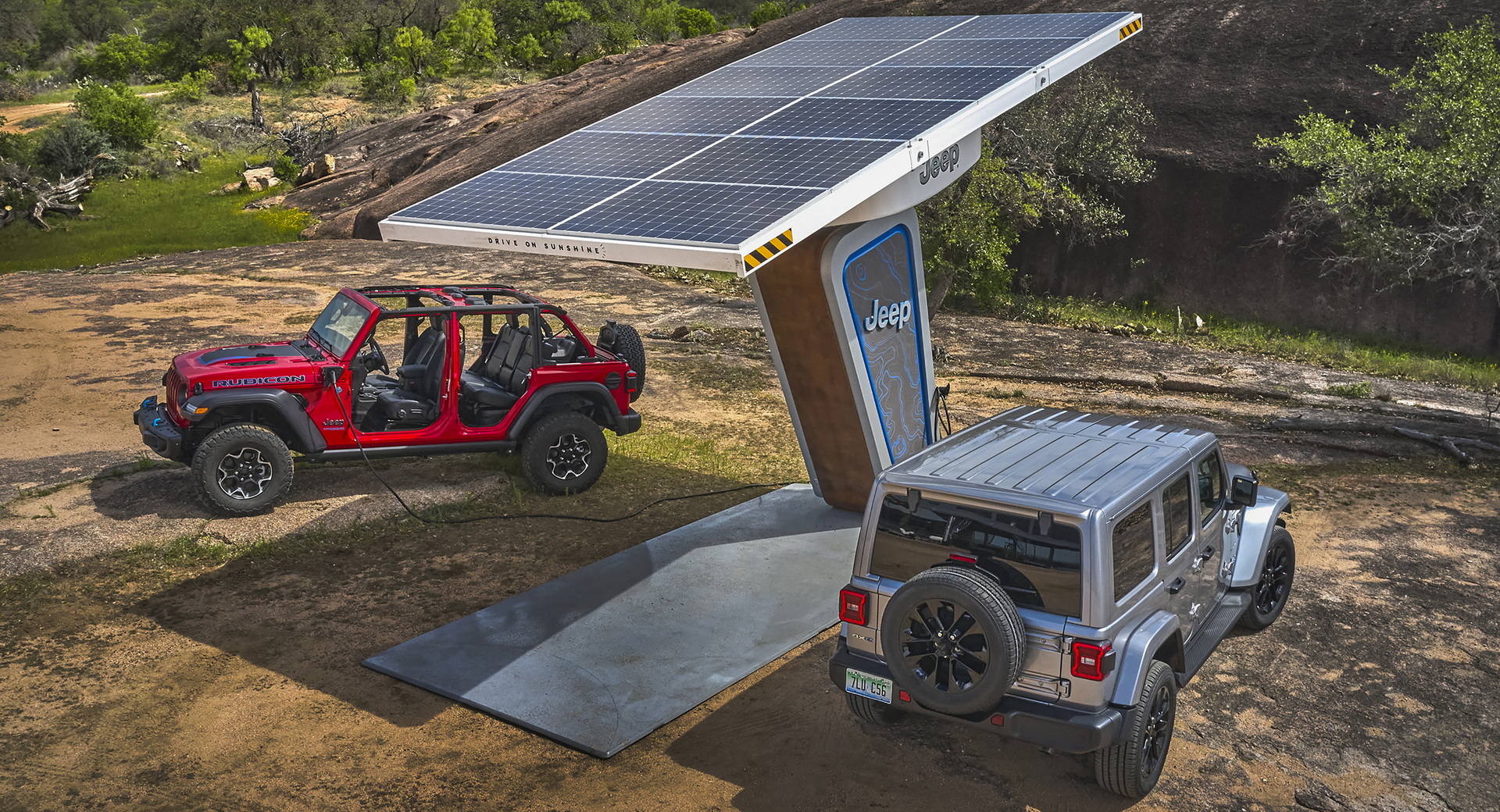Stellantis has a goal of electrified vehicles accounting for more than 40 per cent of its U.S. sales by 2030. However, not all of its dealers think this is possible.
The chief executive of Stellantis, Carlos Tavares, believes demand for electrified vehicles will rise dramatically as people become more sensitive to climate change. He also believes that training dealers on how to sell EVs in the coming years will play a part in the company reaching its sales targets. Stellantis hopes consumers will buy-in to electrified vehicles the same way that they did cellphones.
However, speaking with Auto News, chairman of the Lee Auto Malls group, Adam Lee, said he wasn’t sure this will be the case.
“We didn’t realize how convenient it would be to have a phone, which is like your computer in your pocket,” he said. “Well, we have cars. It’s not like we don’t have cars and suddenly they invented the electric car.”
Read Also: Jeep CEO Says Future’s Electric, Bronco Competition Will Only Make Wrangler Better
Lee is a believer in EV technology and has been a Tesla owner for seven years. He acknowledges that people will eventually understand the benefits of EVs, especially due to their lower operating costs, but doesn’t think Stellantis customers will flock to them as quickly as the brand wants.
“It is not realistic,” added Planet Chrysler-Dodge-Jeep-Ram general manager Scott Ritter. “Obviously, there is a lot of attention on the subject and all of the OEMs want to seem on board and proactive, but EVs have their own practical and environmental challenges.”
Stellantis is positioning Jeep as the brand to lead its push towards electric vehicles and has committed over $35 billion through 2025 in its electrification goals. The Wrangler 4xe is proving popular, lasting an average of just five days on dealership lots, prompting Collierville Chrysler-Dodge-Jeep-Ram owner Doug Wilson to suggest that the targets of Stellantis are, in fact, right on point.
“There’s a very small portion of the people that are so concerned about global warming that they are going to change their own habits, and change their own mode of transportation,” he said. “For the vast majority of people, it’s going to come down to economics. If it’s more economical to operate a vehicle that’s electrically powered, verses ICE-powered, then they’ll instinctively go for that. “Ten or 15 years ago, it would have been inconceivable that Chevy would be a selling a four-cylinder full-size truck, but they are, and the customer doesn’t really care as long as it performs and does what it’s supposed to do.”





